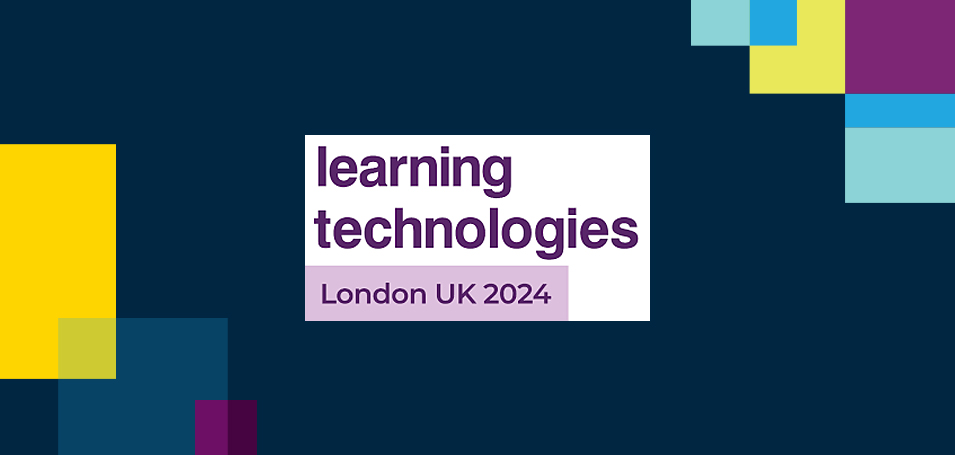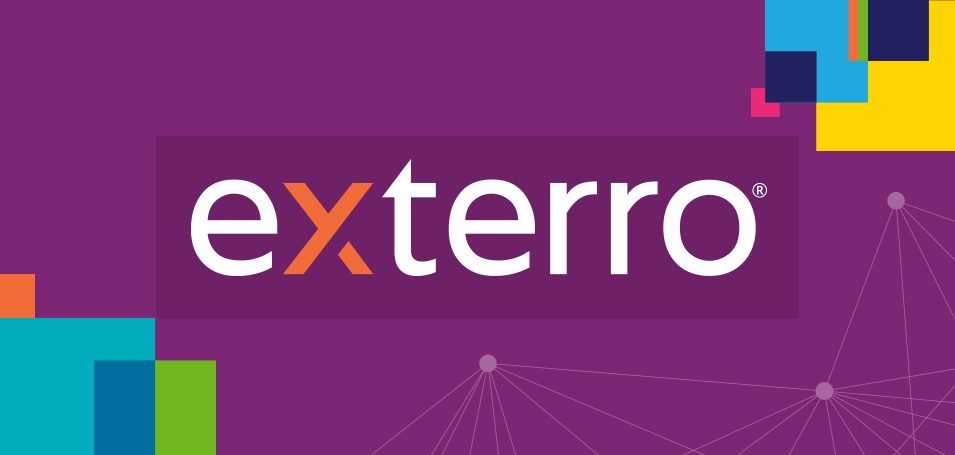If you’re looking to boost influence or budget for your program, our webinar on proving ROI of customer education was a can’t-miss!
John Ragsdale, VP Technology Ecosystems, TSIA, and Sandra Elliott, Director of Customer Education at Thought Industries got together to talk about creating revenue-positive customer learning programs, and showing the ROI of customer education. You can watch the replay here, or keep reading for our favorite takeaways.
How to Measure Profitable Customer Learning
John started out by sharing some of the metrics you should be tracking to understand and share the value of education services. He shared the industry averages for gross margin, NPS, subscription renewal, and median annual learning subscription revenue growth. Then, he encouraged everyone to start tracking these numbers to see how their own business compares.
Looking beyond the core learning department, John also called out three specific areas of the business which customer learning should be looking to get involved in, in order to extend ROI.
Sales
When you move to selling subscription-based technology, the target changes to line of business. Today’s business leaders are looking for freemium products to try out, then take them to their managers after a positive trial.
Conversions can be low here, so boosting the subscription rate is a great task that customer learning can take on. This provides help to encourage end-users to consume the freemium content, and make them more likely to become a buyer. Bonus: Adding learning at this critical juncture also shows customers that if they do invest, your business has a lot of capabilities to help them to be successful.
Customer Success
When Customer Success partners with education services to personalize learning paths for customers, they tend to adopt and renew faster. This is a great way to show education services’ impact on revenue, so don’t forget to take credit!
Technical Support
Technical support and education don’t usually have much overlapping, yet you might be surprised to know that over a third of issues coming into technical support are from customers who don’t know how to use the product. As a result, support reps end up doing a lot of training that they aren’t equipped to do well. Better training could save businesses millions of dollars, either via self-service technology or improved content for technical support to utilize. This influence on support is a huge boost to the overall ROI of customer education.
Return on Investment (ROI) and Value of Investment (VOI)
Sandra jumped in to talk about the importance of showing the value of investment to your customers. This is all about showing customers how they can use your product and services to do better in their jobs. In other words, seeing the value rather than just learning how to use the product itself.
There are a lot of ways to achieve value of investment for customers, and Sandra called out three in particular. First, every single piece of education content should have a clear value proposition. Customers should be able to look at it and immediately be able to answer “What’s in it for me?”
Second, there should be a tactical takeaway that the learner can take with them. This could be a physical checklist, infographic or template, but it doesn’t have to be tangible. It’s all about encouraging stickiness by allowing the learner to come back to the takeaway and revisit the content.
Finally, it’s important to make sure that education can be returned to over and over again, as learners usually have to revisit content for it to stick. Being able to revisit the content over time can help with the forgetting curve, and so it’s important to create meaningful learning paths that let learners come back after three months or six months and that keep them engaged.
Of course, by creating value to the learners, you’re also creating value for the company. When done right, showing the value of investment, not just ROI of customer education:
- Engages more customers, who are happy to do anything from filling out surveys to providing valuable feedback.
- Builds up experts, who drive your product adoption across their organization by sharing the value with other teams.
- Drives brand evangelists, who shout about your service or product from the rooftops.
Proving the Value of Customer Learning
Sandra shared some fantastic advice about how to use customer learning to support other areas of the business at the same time as providing value to the end-user.
As well as success teams, Sandra discussed talking to support teams and organizing pre-recorded videos or providing copy and paste answers to common support tickets to make their roles easier.
One big question is, how can you work out where you’re doing the valuable work? At Thought Industries, you can access a wealth of data, then there are countless ways to tie that data to business value.
Start by uncovering data like number of active learners, how long they’re engaging, and the number of page views. You can then split your customers into cohorts, for example those who renewed and those who churned, or those who engaged with an upsell opportunity or specific course content and those who did not. At Thought Industries, Sandra found that customers who renewed consumed 8x as much content as those who churned. This is the kind of customer education ROI data that can be used as a powerful headline at the next board meeting.
Measuring What Matters
Sandra walked through a number of other ideas for measuring what matters. These examples all used data that you likely already have, such as course completions, product adoption, and smile sheets.
Another idea is to find out who took a specific assessment, and compare that to support tickets. Do accounts who self-assess rely on support tickets less? Once you have that data, use the average cost of a support ticket to equate this to actual numbers.
You can also expand this analysis to new areas such as lead generation. One example would be looking at the MQL list, and seeing which leads have touch points with education content like webinars, thought leadership or even the company blog. Your Marketing department will know how much an MQL is worth, and you suddenly have another item to add to your revenue slide deck. While this isn’t a finished bottom line number, it’s the early stages of proving ROI, and it’s often how you can get buy-in for future projects.
Using Customer Education to Improve Performance Across the Lifecycle
There are so many areas that Customer Education can reach in an organization, and Sandra finished off by sharing some essential metrics on how education services can move the needle across the business.
Watch the full webinar to unlock:
- John’s top tips for using data to enable rapid onboarding and adoption using Customer Education.
- Sandra’s smart calculation for turning content consumption metrics into direct ROI with a clear dollar sign attached.
- The live Q&A with Sandra and John, covering skills-based training, micro-learning, and the modern learner experience.
Want more resources to measure ROI and prove the value of your CE program? Check out our ROI Toolkit!



